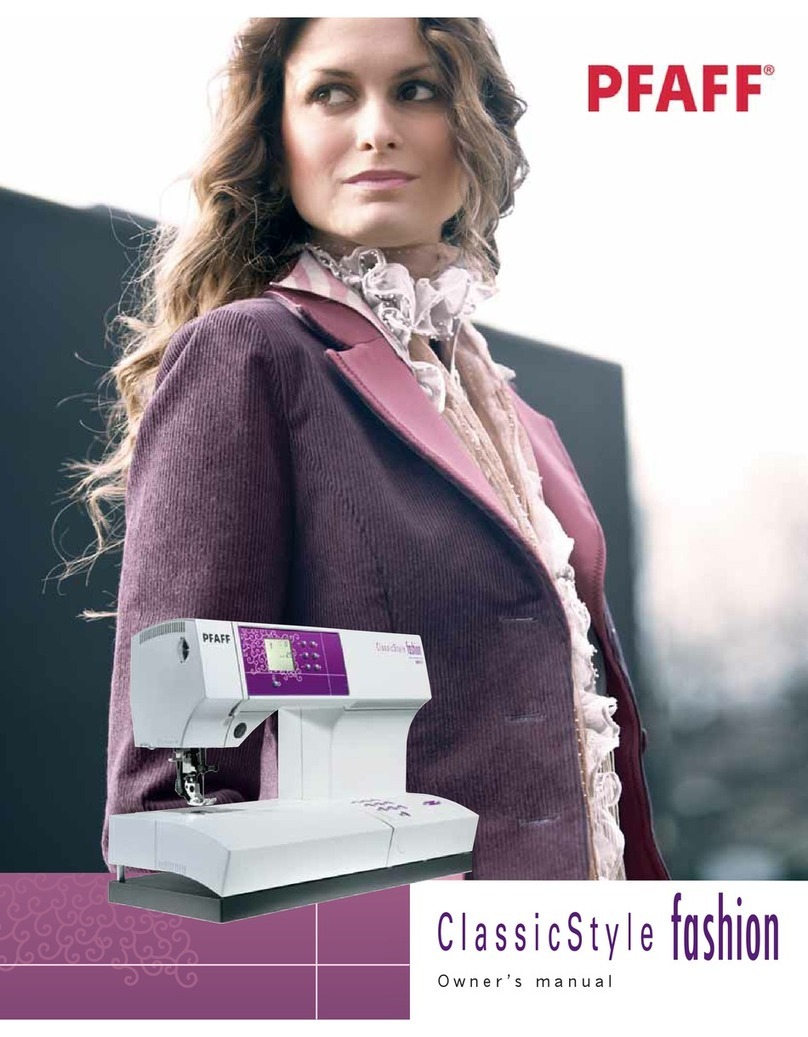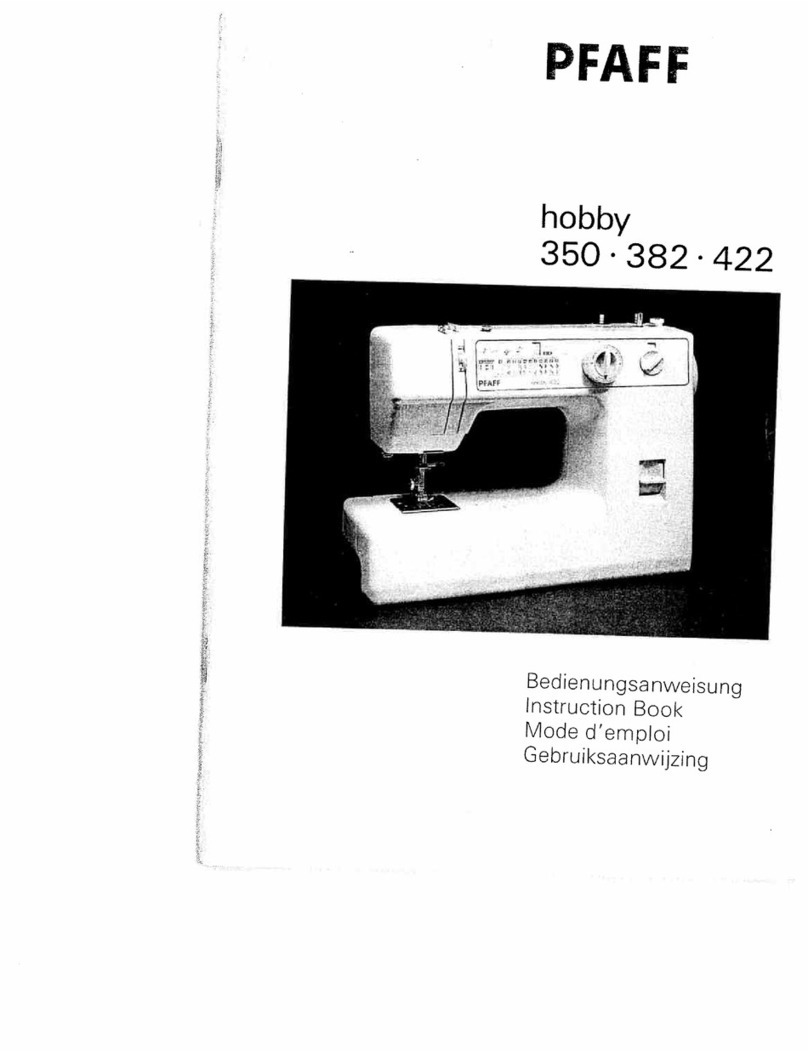Pfaff 487 User manual
Other Pfaff Sewing Machine manuals
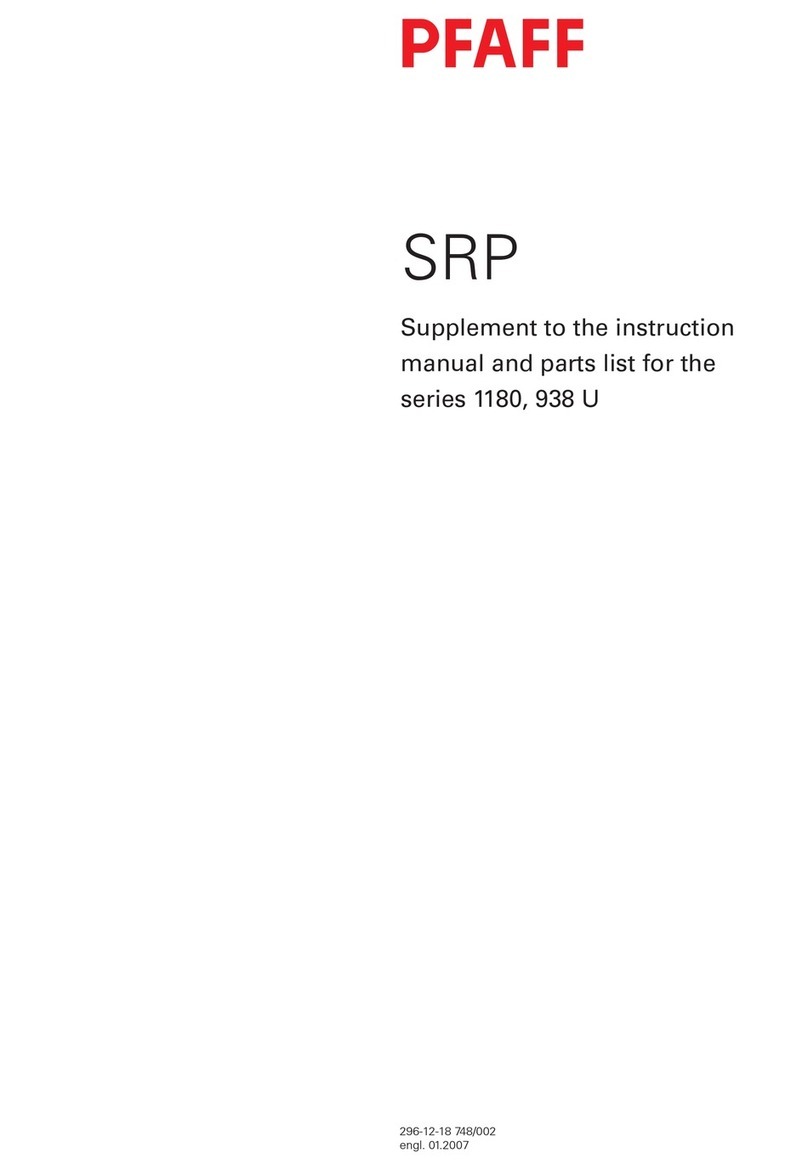
Pfaff
Pfaff 1180 U Series Owner's manual

Pfaff
Pfaff 937 User manual
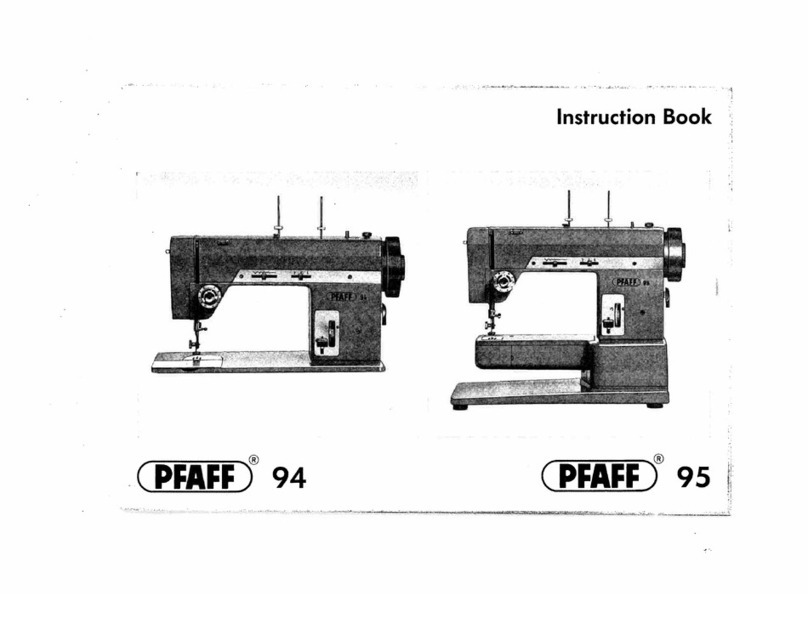
Pfaff
Pfaff 94 User manual
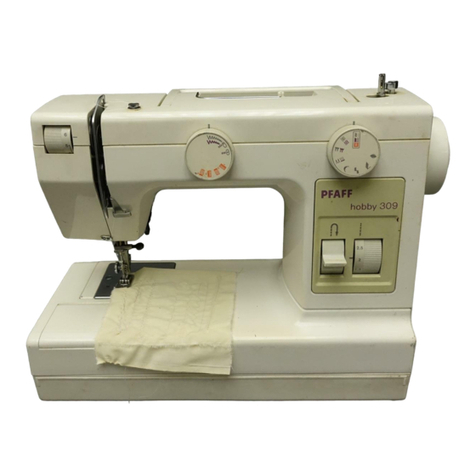
Pfaff
Pfaff hobby 307 User manual

Pfaff
Pfaff creative 1469 User manual
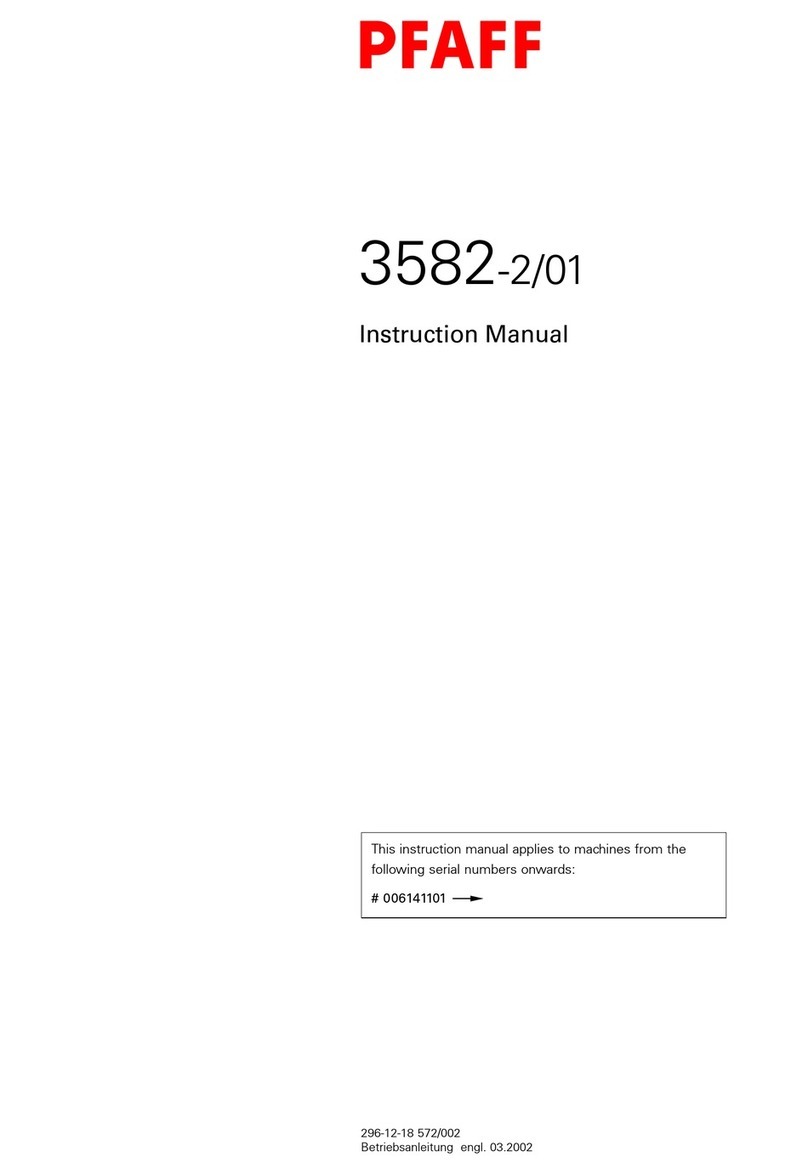
Pfaff
Pfaff 3582-2/01 User manual
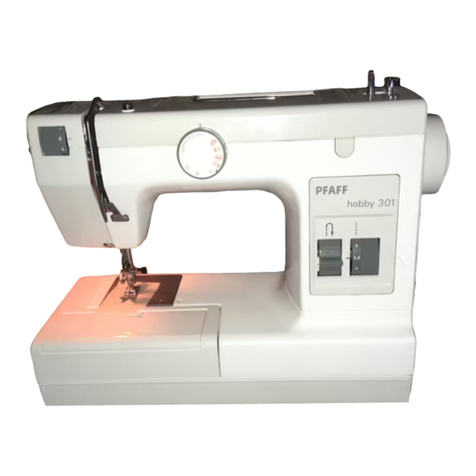
Pfaff
Pfaff Hobby 301 User manual
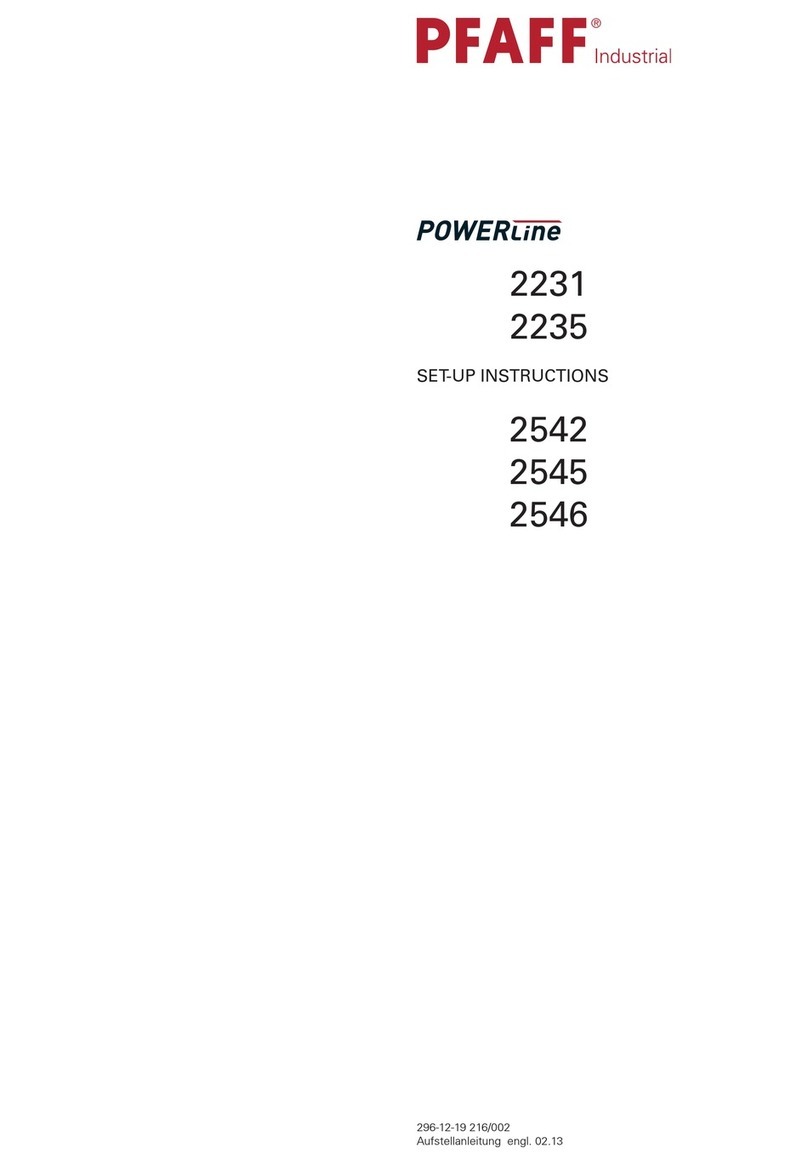
Pfaff
Pfaff PowerLine 2231 Manual
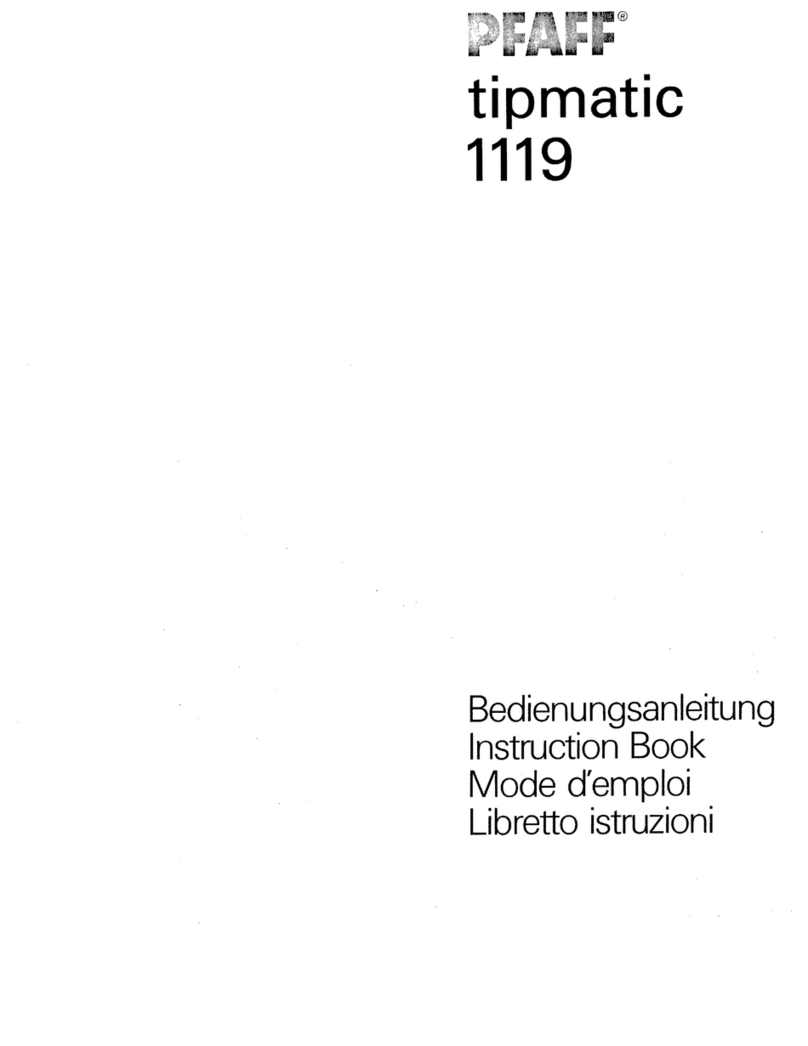
Pfaff
Pfaff tipmatic 1119 User manual
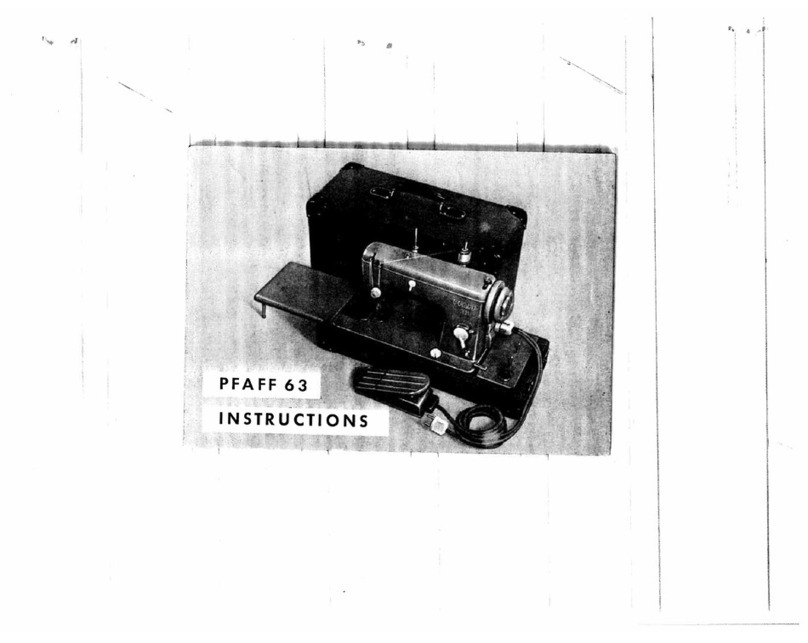
Pfaff
Pfaff 63 User manual
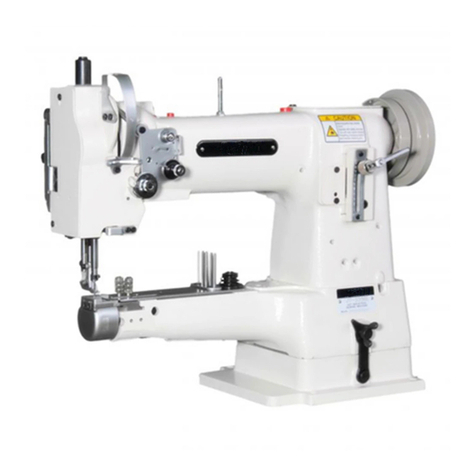
Pfaff
Pfaff 335 User manual
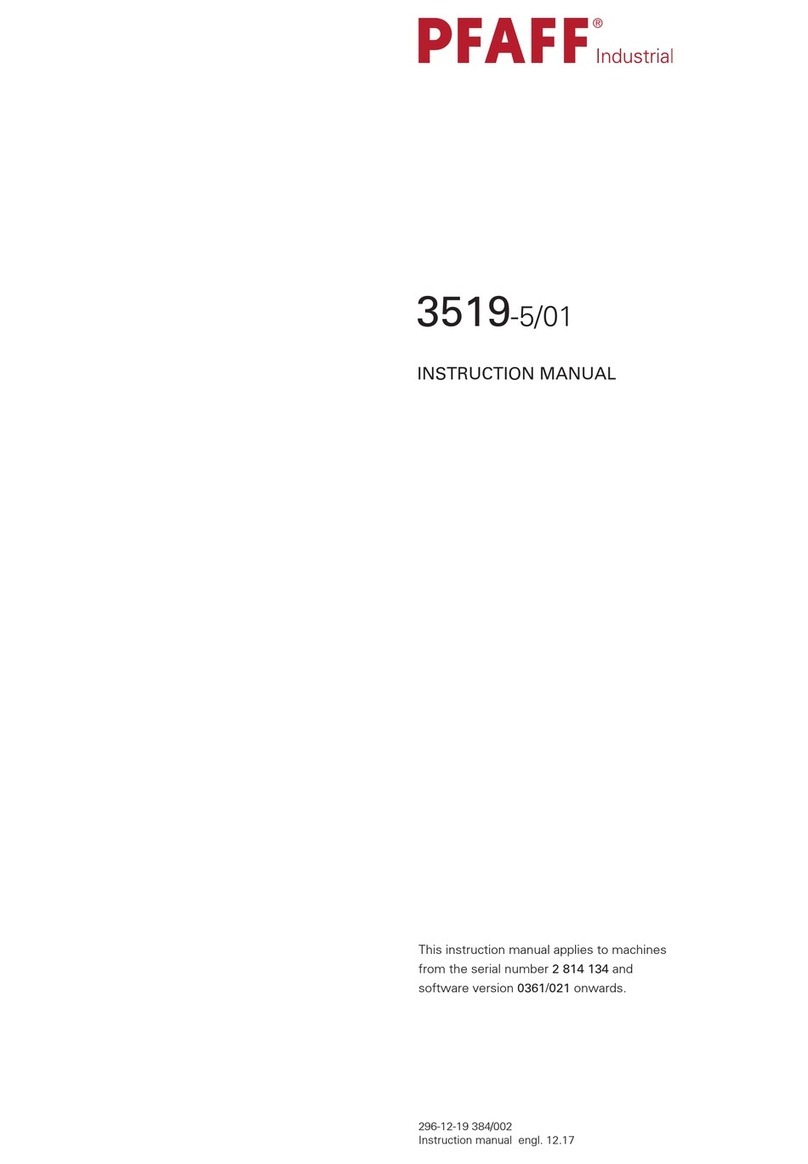
Pfaff
Pfaff 3519-5/01 User manual

Pfaff
Pfaff 145 User manual
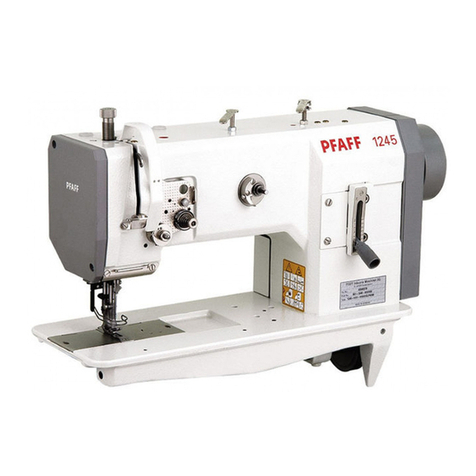
Pfaff
Pfaff 1245 User manual
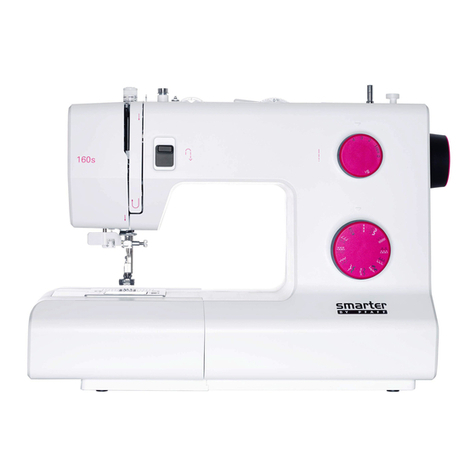
Pfaff
Pfaff Smarter User manual

Pfaff
Pfaff 571 User manual
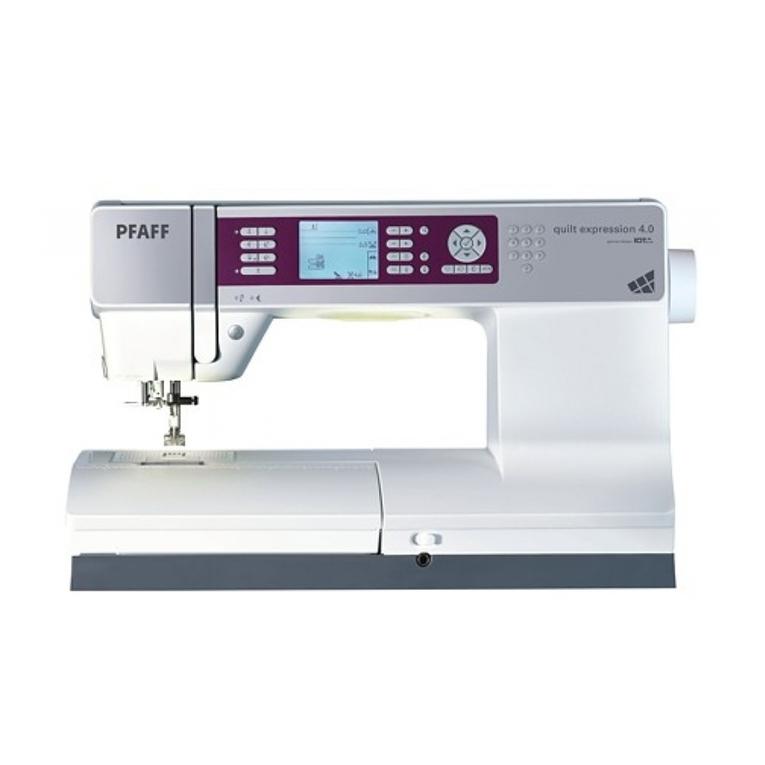
Pfaff
Pfaff expression line User manual

Pfaff
Pfaff HOBBYMATIC 947 User manual

Pfaff
Pfaff Synchromatic 1215 User manual
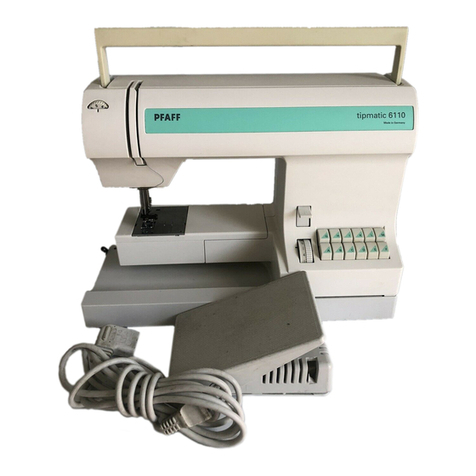
Pfaff
Pfaff Tiptronic 6230 User manual

